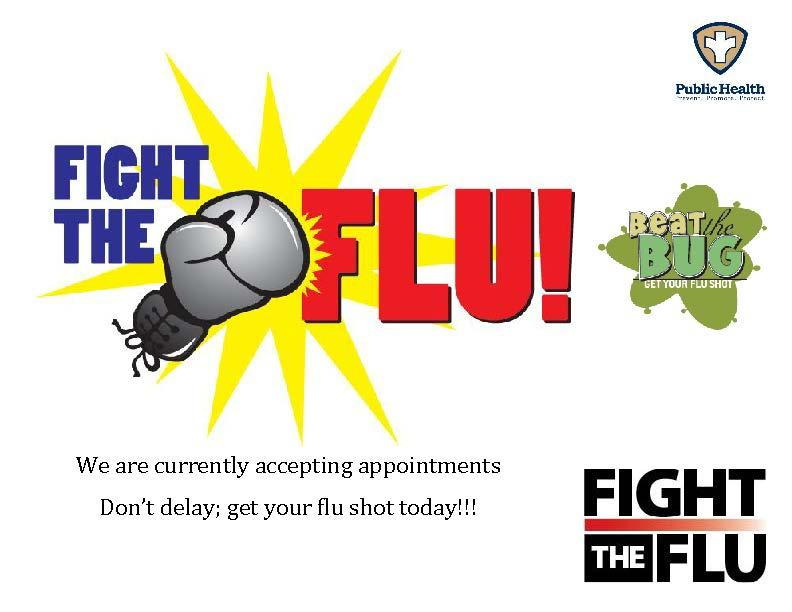Quadrivalent Flu Vaccines: More Protection By Guarding Against 4 Strains
- posted: Sep. 16, 2013
For the first time, certain vaccines will guard against four strains of flu rather than the usual three. Called quadrivalent vaccines, these brands may prove more popular for children than their parents. That's because kids tend to catch the newly added strain more often.
These four-in-one vaccines are so new that they'll make up only a fraction of the nation's supply of flu vaccine, so if you want a dose, better start looking early.
We're moving away from the one-size-fits-all to choosing the best possible vaccine for an individual's age and condition.
Federal health officials recommend a yearly flu vaccine for nearly everyone, starting at 6 months of age. On average, about 24,000 Americans die each flu season, according to the Centers for Disease Control and Prevention.
Some questions and answers about the different vaccine varieties to choose from:
Q: What's the difference between those new four-strain vaccines and the regular kind?
A: For more than 30 years, the vaccine has offered protection against three influenza strains – two common Type A strains called H1N1 and H3N2, and one strain of Type B. Flu strains continually evolve, and the recipe for each year's vaccine includes the subtypes of those strains that experts consider most likely to cause illness that winter.
Type A flu causes more serious disease and deaths, especially the H3N2 form that made last year such a nasty flu season. But the milder Type B flu does sicken people every year as well, and can kill. Two distinct Type B families circulate the globe, making it difficult to know which to include in each year's vaccine. Adding both solves the guesswork, and a CDC model estimates it could prevent as many as 485 deaths a year depending on how much Type B flu is spreading.
Q: How can I tell if I'm getting the four-strain vaccine?
A: All of the nasal spray version sold in the U.S. this year will be this new variety, called FluMist Quadrivalent. The catch is that the nasal vaccine is only for healthy people ages 2 to 49 who aren't pregnant.
If you prefer a flu shot, ask the doctor or pharmacist if the four-strain kind is available. Younger children, older adults, pregnant women and people with chronic health conditions all can use flu shots. Four-strain versions are sold under the names Fluzone Quadrivalent, Fluarix Quadrivalent and FluLaval Quadrivalent.
Manufacturers anticipate producing between 135 million and 139 million doses of flu vaccine this year. Only about 30 million doses will offer the four-strain protection.
Q: Who should seek it?
A: Type B flu tends to strike children more than the middle-aged. It's not a bad idea for seniors, who are more vulnerable to influenza in general.
Q: How soon should I be vaccinated?
A: Early fall is ideal, as it's impossible to predict when flu will start spreading and it takes about two weeks for protection to kick in. But later isn't too late; flu season typically peaks in January or February.
Q: How do I make an appointment?
A: Please call our office and a member of our front desk staff will schedule an appointment that works with your calendar. You can reach our uptown office at: 212-769-3070 or our downtown office at: 212-353-0072.
More Information
This website includes materials that are protected by copyright, or other proprietary rights. Transmission or reproduction of protected items beyond that allowed by fair use, as defined in the copyright laws, requires the written permission of the copyright owners.











